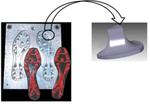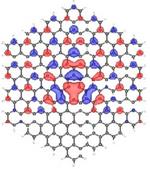Other

“A group of Brazilian researchers have developed strategies to produce polymer-graphene nanocomposites on an industrial scale. The isolation of graphene crystals is one of the most significant recent advances in science and technology, first performed in 2004 and awarded the …

“Just as it is already possible to manufacture a wide range of polymer-based (plastic) objects using 3D printing or additive manufacturing (AD), it will soon be possible to make metal parts using that technique in combination with some machining processes …

“Austrian physicist Erwin Schrödinger (1887-1961), one of the giants of contemporary science, considered “entanglement” the most interesting property in quantum mechanics. In his view, it was this phenomenon that truly distinguished the quantum world from the classical world. Entanglement occurs …

“The use of particle accelerators is not confined to basic research in high-energy physics. Large-scale accelerators and gigantic devices, such as the Large Hadron Collider (LHC), are used for this purpose, but relatively small accelerators are used in medicine (diagnostic …

“Researchers in the field of e-agriculture like to repeat an anecdote according to which farmers used to tell their children they should study if they wanted to leave for the town but now tell them to study if they want …

“A study conducted at the University of São Paulo’s Physics Institute (IF-USP) has resolved a longstanding controversy dogging the international community of researchers dedicated to investigating defects in graphene. The controversy is related to the calculation of the …

